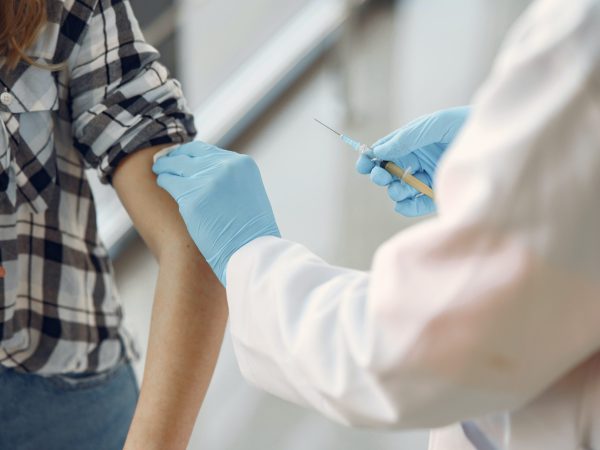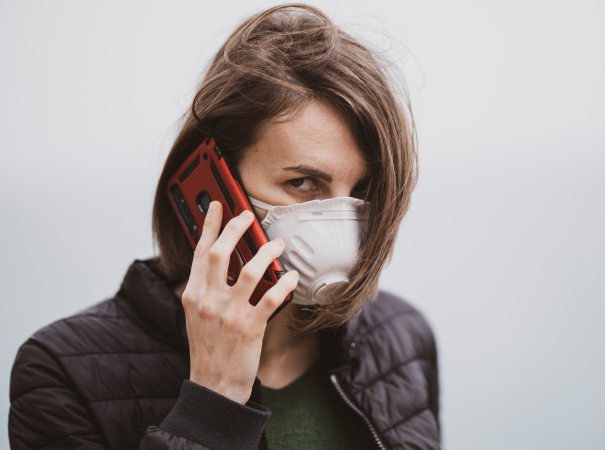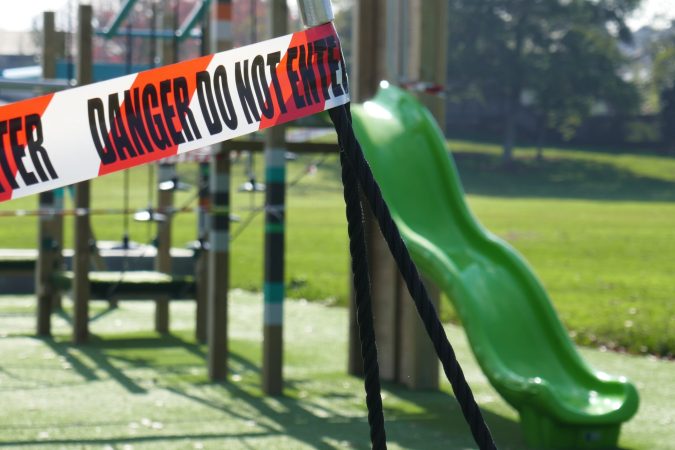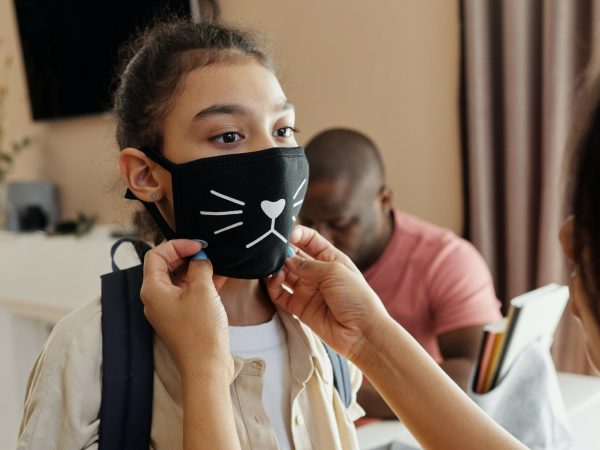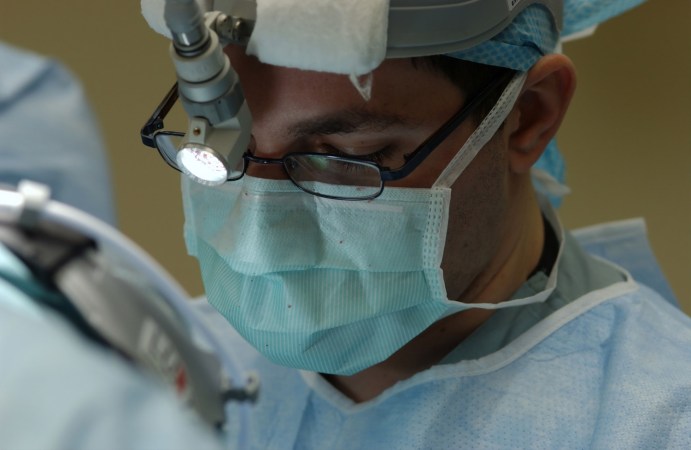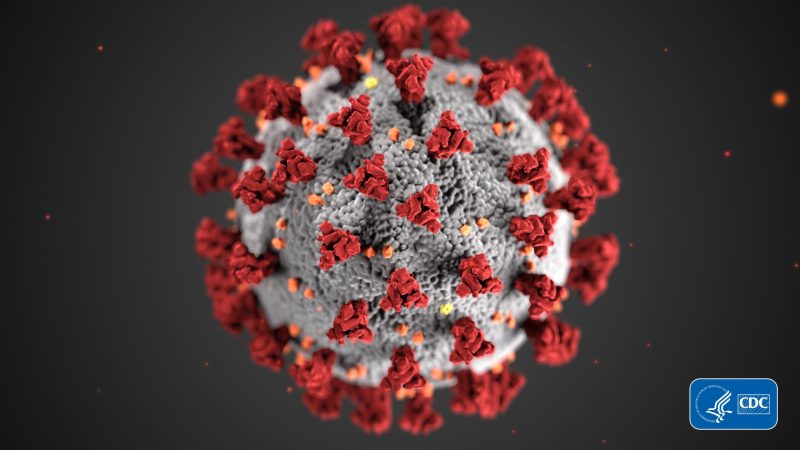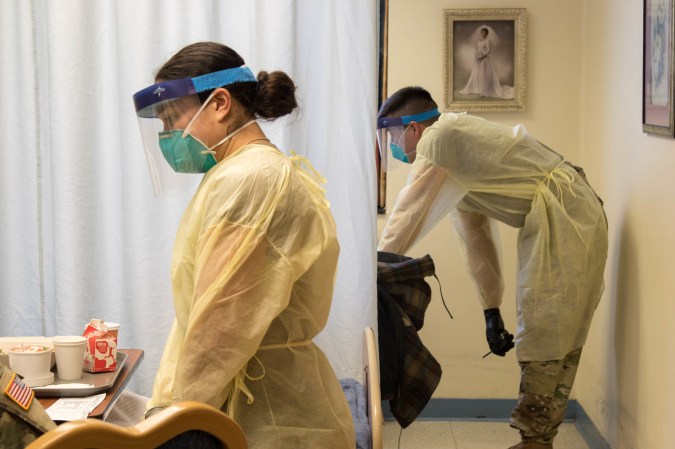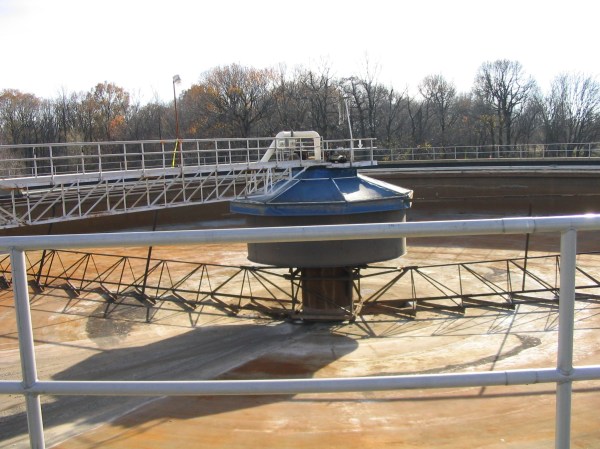

The waste from COVID-19 personal protective equipment is a gigantic problem. As of late last year, estimates put the amount of COVID-related plastic waste at about 8 million tons, with around 25,000 tons of that trickling into the ocean. A lot of that has to do with the fact that recycling PPE—from plastics to reusable cloth masks—is a bit of a mystery. For normal folks, that means our used necessary protective items end up in the landfill.
This obviously puts a whole lot of strain on the environment—but in a pandemic that is evolving and brewing up new elements every day, now is not the time to slow the roll on protecting people, especially healthcare workers. And in the case of the Omicron strain, more sustainable options like reusable fabric masks may not offer sufficient protection on their own.
“It is absolutely vital to provide health workers with the right PPE,” Michael Ryan, Executive Director, WHO Health Emergencies Programme, said in a release today. “But it is also vital to ensure that it can be used safely without impacting on the surrounding environment.” Even pre-COVID, 30 percent of healthcare systems (and double that in less developed countries) weren’t prepared for the amount of waste produced, according to the WHO. Throw a two-year-long public health crisis in an already strained mix, and we have a giant problem.
[Related: Humans created an extra 8 million tons of plastic waste during the pandemic.]
Not to mention, incinerating waste is used both to sterilize and dispose of old PPE that makes it to the landfill. But this process is still incredibly greenhouse-gas intensive since burning plastic emits carbon dioxide and other pollutants.
But, researchers at Cornell have recently come up with a brand-new plan to slash some of the PPE waste burying the world—and find a way to actually use this waste to our benefit. The researchers outlined their idea in the journal Renewable and Sustainable Energy Reviews last week.
“Eventually, you get this waste, but this is not something that is completely useless because these are plastic—these are, you know, some materials that we could convert,” says author Fenqui You, a professor of chemical and biomolecular engineering at Cornell. “So there’s a chance we could utilize some of this chemistry.”
Right now, the authors have broken down the process, which is shockingly simple, for the state of New York. Basically, there are two proposed steps—the first of which is taking waste PPE from hospitals and healthcare centers and depositing it at medical waste processing and decontamination facilities (the authors propose building one in Suffolk and one in New York County). This is where the masks and other PPE would be sterilized and then shredded into tiny pieces.
[Related: The ultimate guide to reusing and buying N95 masks.]
These tiny pieces would then be sent to an integrated pyrolysis plant. Pyrolysis is the process of heating organic matter without oxygen—which can turn something like a medical gown made from petroleum into a bunch of tinier, useful chemicals. In the case of medical PPE, those useful chemicals include ethylene, propylene, propane, butane, bauxite, gasline, and sulfur.
All in all, the most optimal version of the process could cost the state around $4 million. For context, New York City’s Department of Sanitation alone used about $2 billion in 2020. And the investment could have some serious benefits—namely reducing 31.5 percent of total fossil fuel use and 35.04 percent of total greenhouse gas emissions compared to PPE incineration. Additionally, compared to PPE landfilling and incineration processes, 41.52 percent and 47.64 percent less land is needed, respectively. “It’s just a few million dollars each year, and they will solve the problem and the whole state,” You says.
As the pandemic rages on, and our dependence on better masks follows, every little thing counts to make sure COVID-19 leaves as small a trace on the planet as possible.



